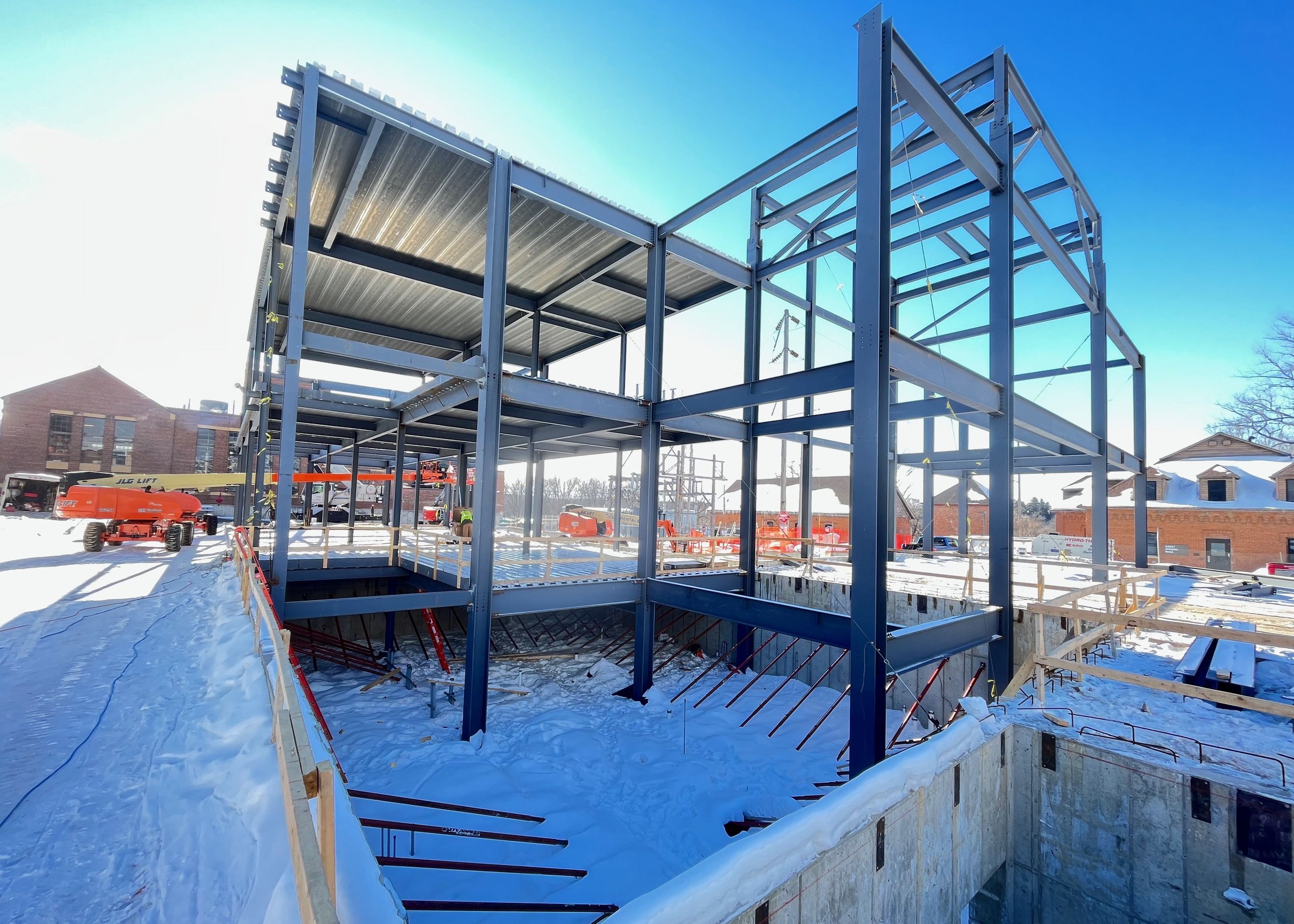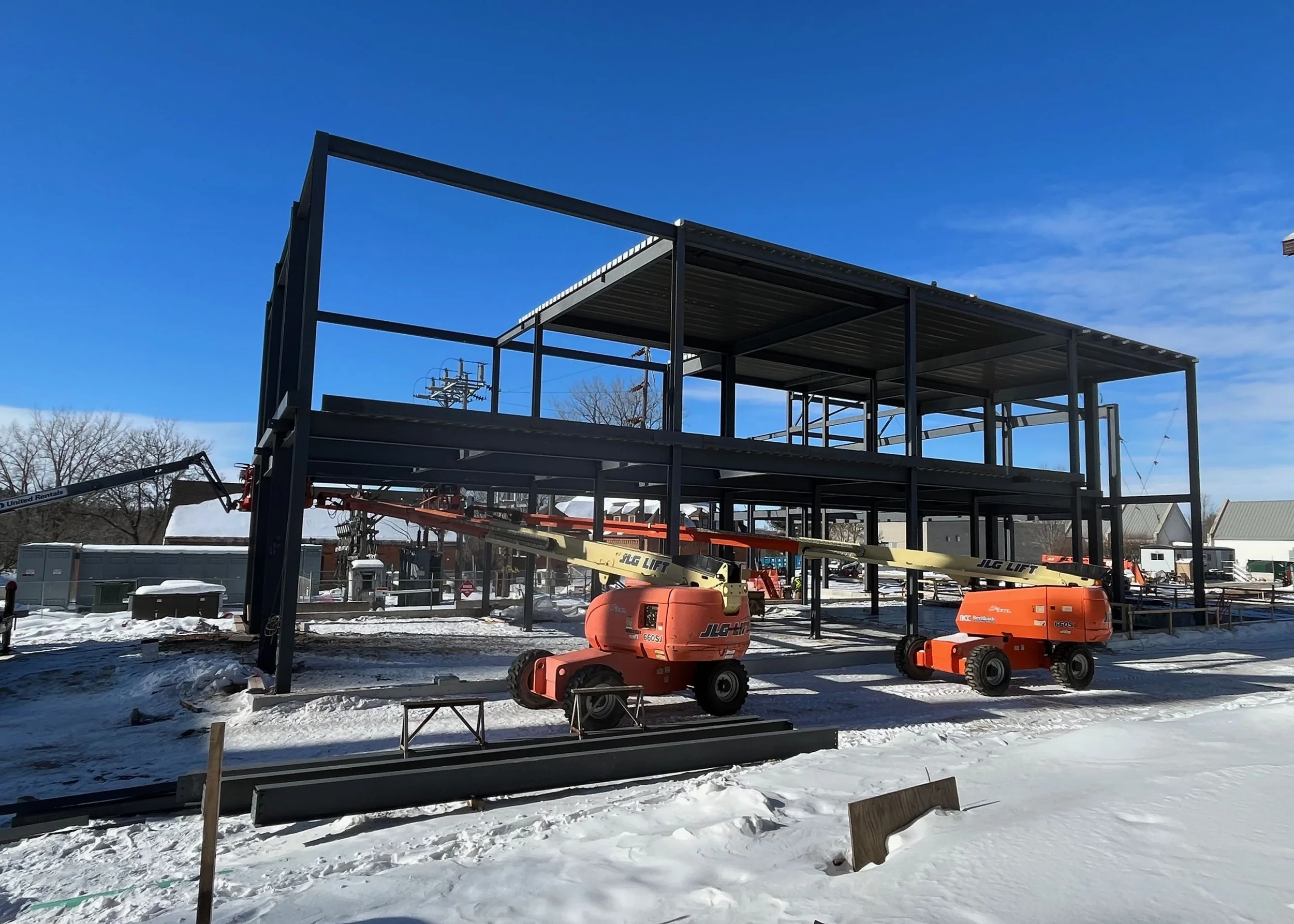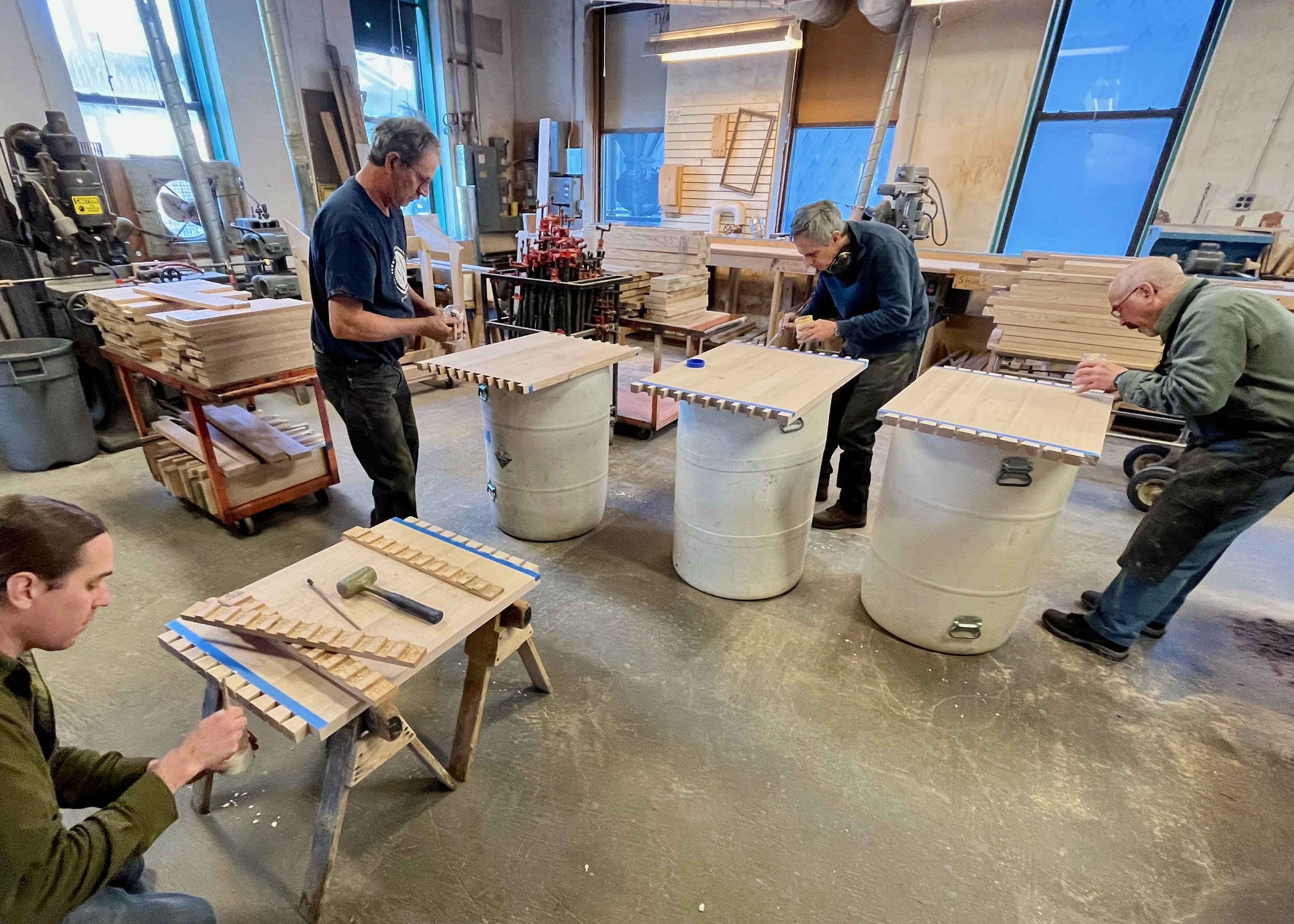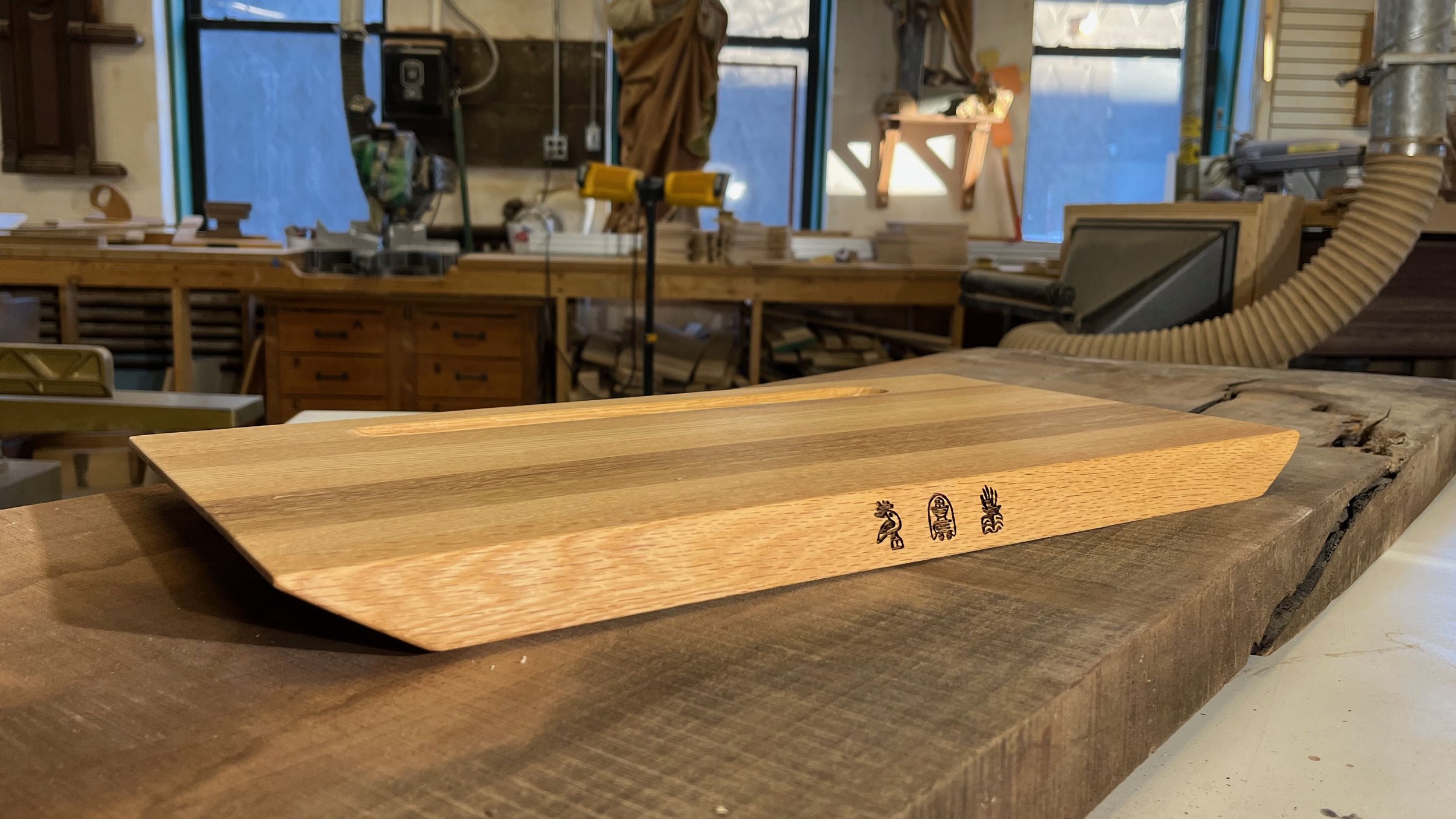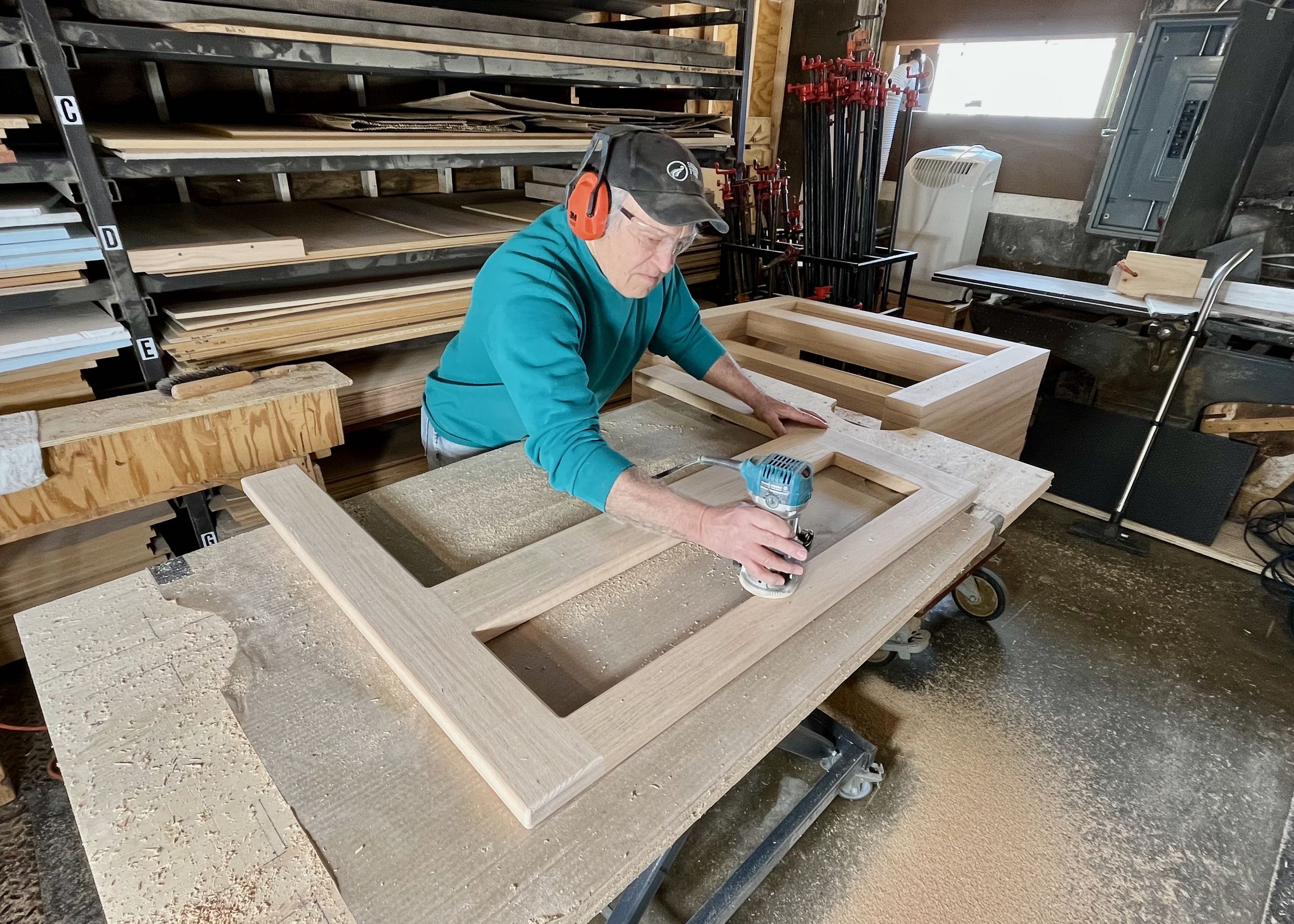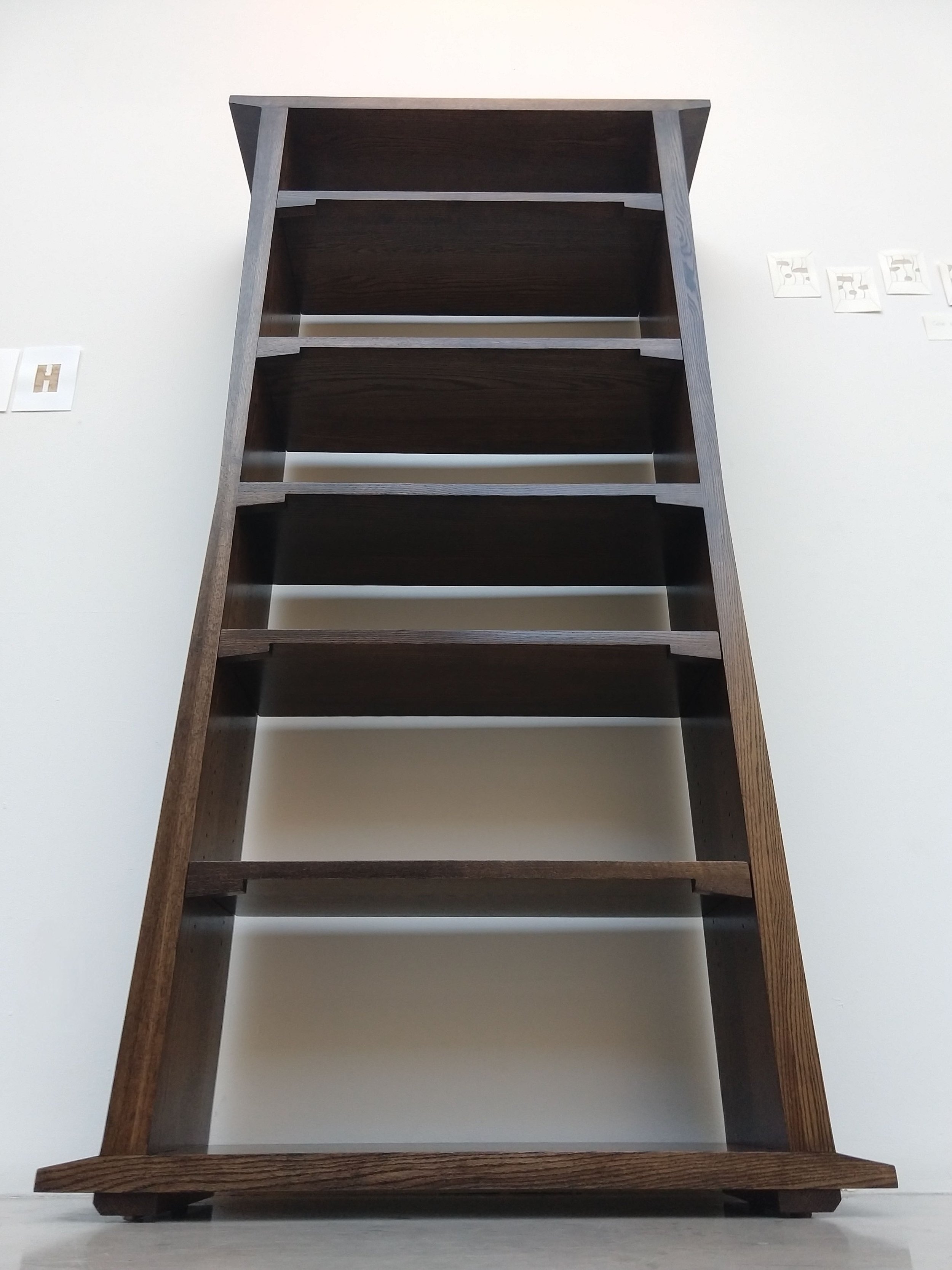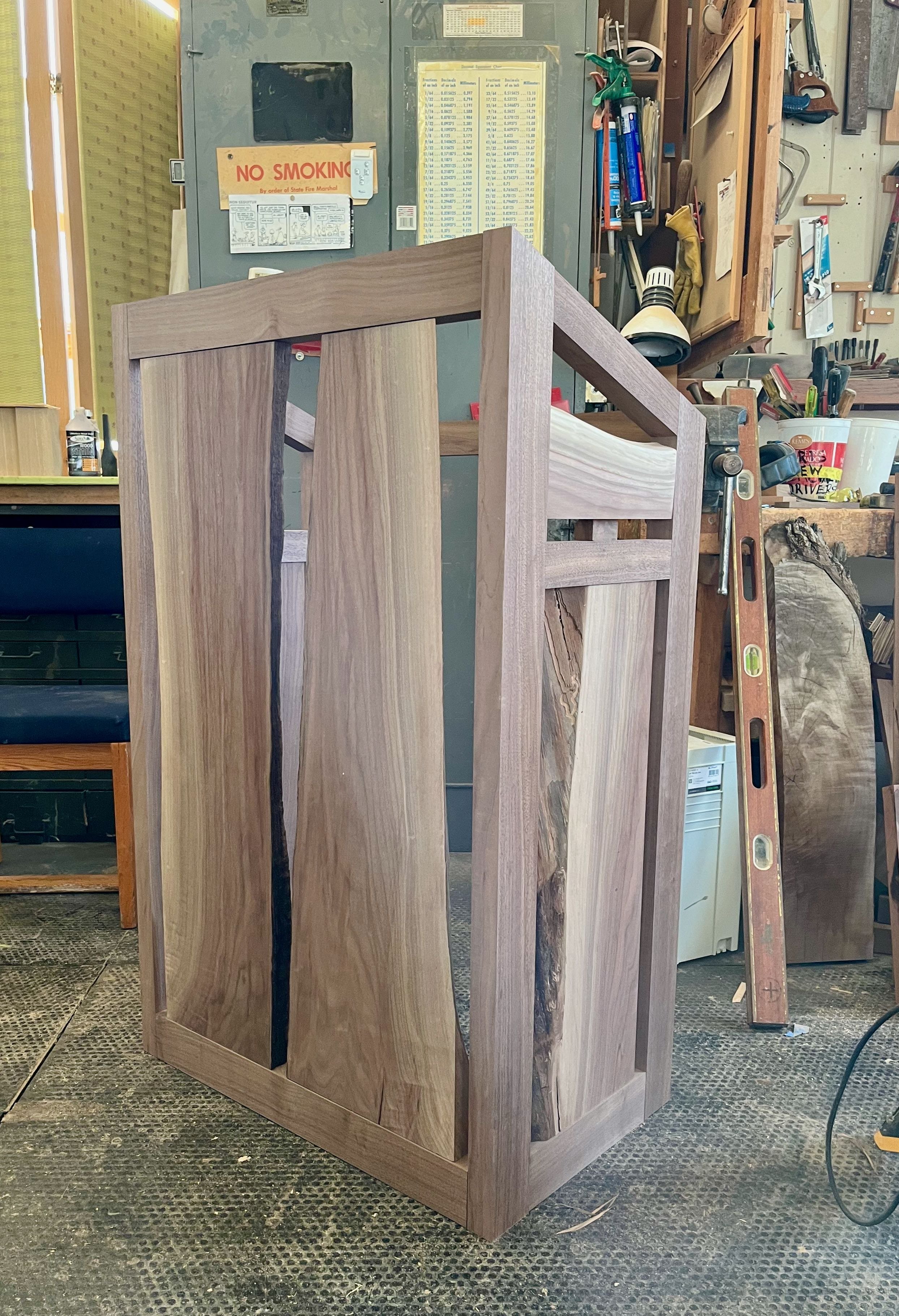Work of Our Hands Update - Taking Shape
In their early years oaks don’t seem to grow very much…at least above ground. This is because a good amount of their energy is spent sending down roots that will feed and stabilize the tree for the long road ahead. Once these roots are established, however, the tree will suddenly shoot up. Supported by a firm foundation of roots, the seemingly dormant tree will undergo rapid growth.
As with the establishment of an oak tree, the past six months of construction at the Abbey Woodshop has been focused on preparing what will primarily be hidden underground. Five months of removing ground, preparing foundation forms, tying steel reinforcement rods, pouring concrete, releasing forms, and backfilling all left the building with a strong foundation, but not much to show above ground. This foundational work, however, has permitted the building to rise rapidly in the first weeks of 2023.
By the end of February, we should have a good visualization of the new Abbey Woodshop. Here are some things to look for in the coming month, in person or live from the web cam:
- The steel structure and decking on the north side of the building will be assembled.
- Aluminum studs will start enclosing the outside of the building.
- Concrete floors will be poured in the basement and the first-floor deck will soon follow.
While the construction workers have been working hard at the new building, we’ve been keeping furniture production going during these months. Below we’ve highlighted a few of these projects.
Many of you who have been through the shop are familiar with the Saint John’s Bible Stand, designed and built in our shop to hold and display the Heritage Edition of the Saint John’s Bible. The many dovetail joints and meticulous fitting of each component requires significant time and focus, and it has been affirming for our work and vision of craftsmanship that so many individuals and organizations continue to request these stands and cases.
Collaboration between our volunteers, staff and students brought completion to a large order of charcuterie boards. The popular serving trays are meant to present a range of dried meats, fruits, cheeses, or whatever other hospitality can be imagined. Our specific design for the board is layered red oak with a seam of darker grained white oak. (Counter to the name, white oak is in fact darker than red oak.) Sharply beveled angles allow for handholds as well as a visual sense of movement.
Bookcases and bedframes for new dorms at Saint John’s continue to be in production. While these are items that we make and repair in large numbers, it is also one of the most direct ways students experience the woodshop. The warm tones of red oak become part of what makes life at Saint John’s distinctive from more industrial furniture in living and meeting spaces.
One of the hopes in our work is that those who spend time at Saint John’s are moved by the architecture, design, and woodwork that serves the campus. Often the aesthetic here is absorbed as background, or a vague sense of a “Saint John’s” feel. Last summer an alumnus came to us with his own sketched adaptation of a bookcase based on the mid-20th century design of Cloud Meinberg, OSB, whose use of angle, straight line and balance remain influential in our current work. Following closely this alumnus’ able interpretation of Meinberg design, we completed the plan as an ebonized bookshelf for his home.
Our craftsmen have been working on multiple podiums on a level well above the simple slatted soap-box that is so famous (and metaphorically so often used). Following different design paths, a podium for Saint John’s Preparatory School was a simple base, stem, and platform, with the need for a discrete means to adjust height and angle for both younger speakers and for people who have grown tall enough but don’t have the good sense to quit growing.
A second podium still underway in the shop is for a poetry series and general college use. The commission requested that the podium include “live edge”, the rounded sapwood of the tree that is normally trimmed off boards at the sawmill. In this case the podium is somewhat less adjustable, and as a signature for this series must stand out as unique while also not stealing the stage from the speaker. We have been working with some wonderful walnut wood, using a framework to give a measure of stability to the welcome wildness of the open branching edges.









